Debussy and Bruckner (Australian World Orchestra)
Hot on the heels from its two triumphant concerts at the Sydney Opera House Concert Hall, the Australian World Orchestra headed south for its Melbourne appearance. Alas – and no jokes about Melbourne weather, please; it’s still too sensitive a subject – somewhere betwixt Harbourside and Southbank, the dreaded lurgy struck conductor Simon Rattle and soloist, mezzo-soprano, Magdalena Kožená. For Rattle, the show went on. For Kožená, alas, it didn’t.
As to how you explain this to a capacity Saturday-night audience could have been left to the trembling offstage voice of an AWO factotum. Instead, at just after 8 pm, the house lights dimmed and out strode Simon Rattle, no less, to deliver the bad news. Imagine, for a moment, one of his predecessors at the Berlin Philharmonic doing such a thing: Herbert von Karajan apologising for Elisabeth Schwarzkopf’s laryngitis? But, then, Karajan and Schwarzkopf (a) were superhuman Teutons for whom sickness represented an admission of human failing, and (b) were not married to each other.
Continue reading for only $10 per month. Subscribe and gain full access to Australian Book Review. Already a subscriber? Sign in. If you need assistance, feel free to contact us.



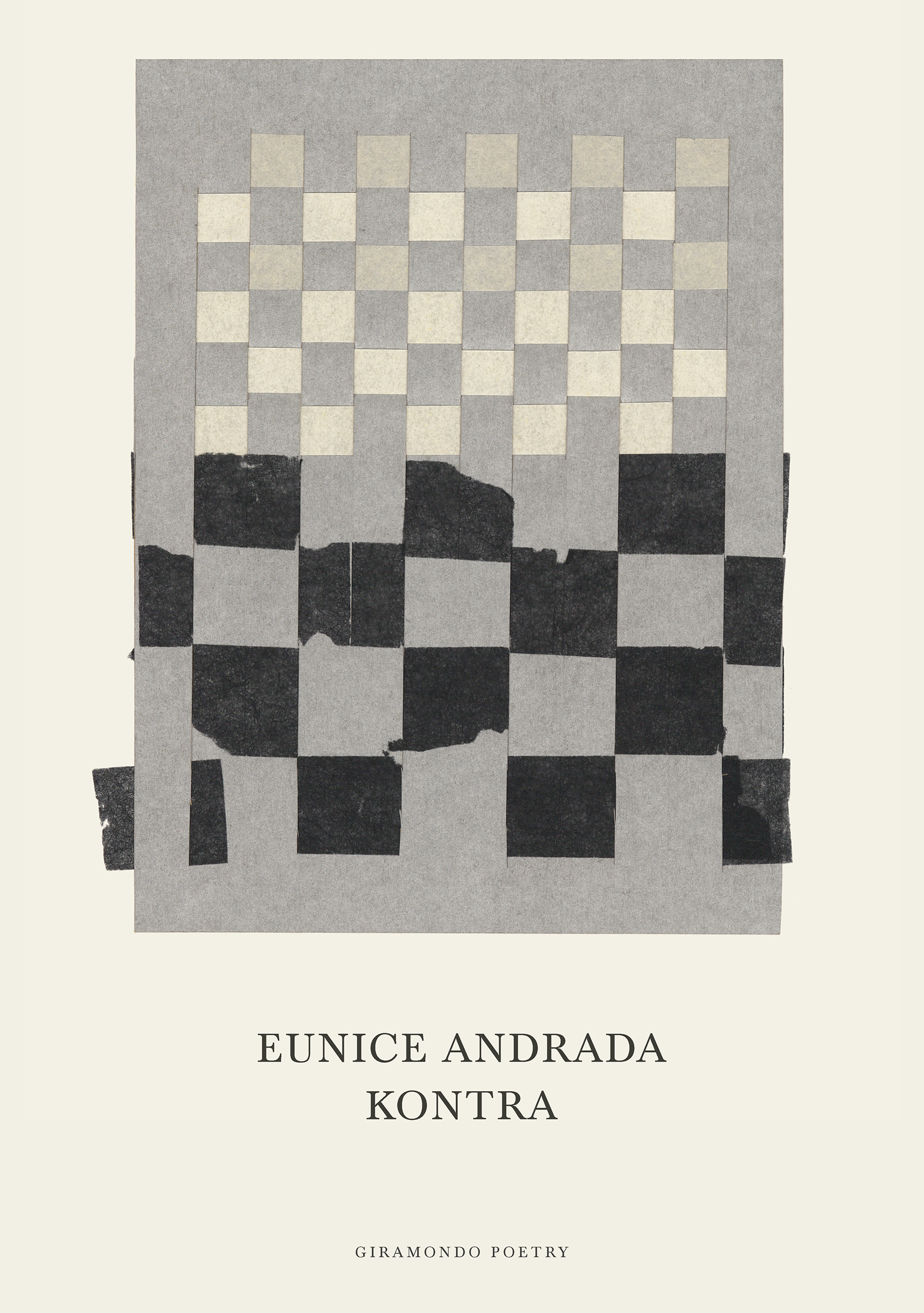
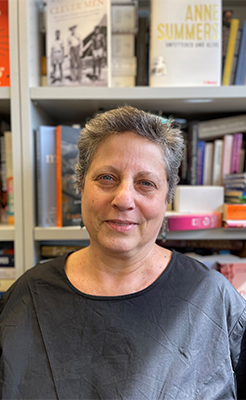
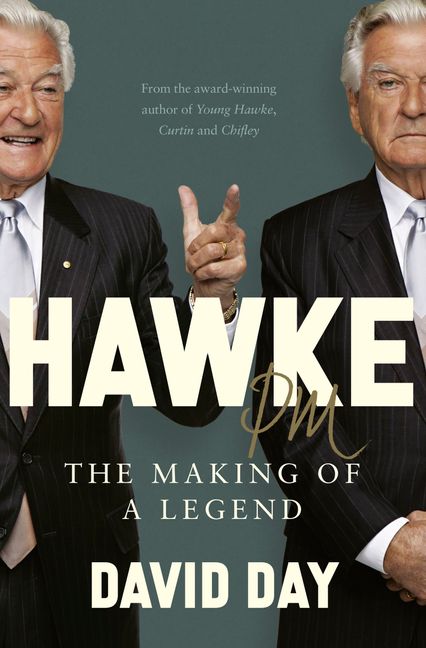
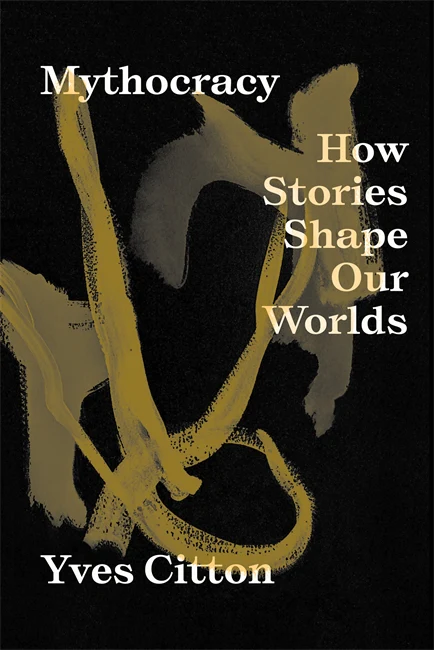
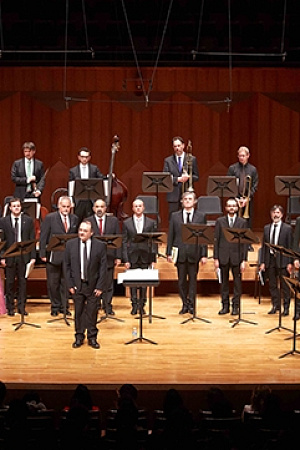
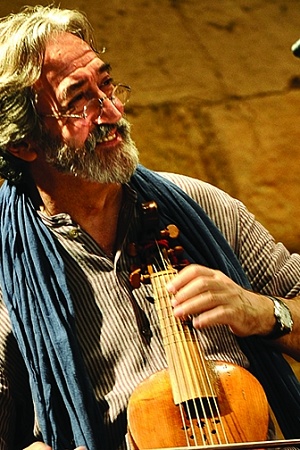
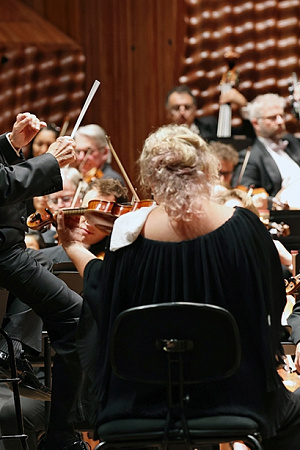

Comments (2)
Rather bizarre of Mr Shmith to present this as some kind of stunning journalistic coup - Rattle informed the whole audience that his 13-month-old daughter was the source of the infection in his remarks at the beginning of the concert!
Leave a comment
If you are an ABR subscriber, you will need to sign in to post a comment.
If you have forgotten your sign in details, or if you receive an error message when trying to submit your comment, please email your comment (and the name of the article to which it relates) to ABR Comments. We will review your comment and, subject to approval, we will post it under your name.
Please note that all comments must be approved by ABR and comply with our Terms & Conditions.